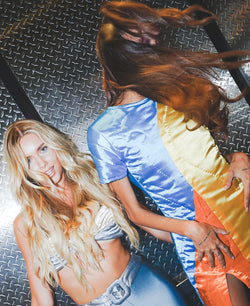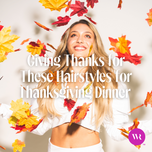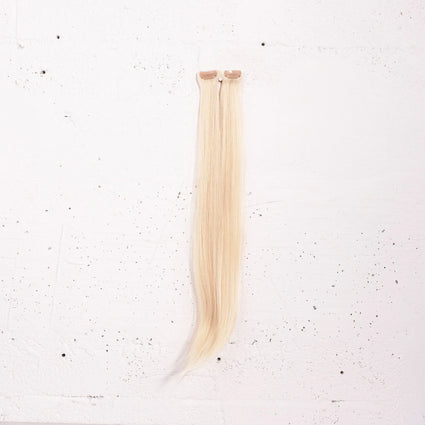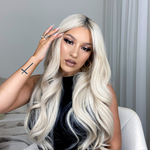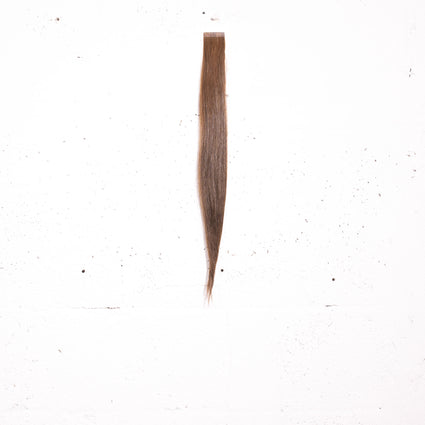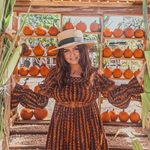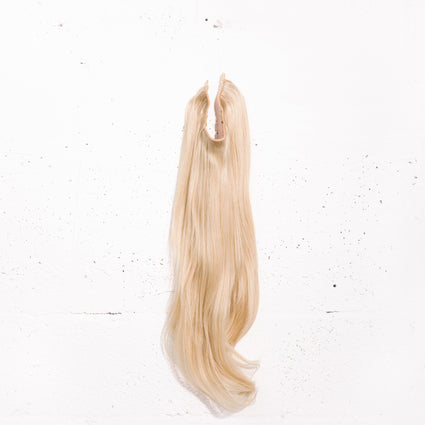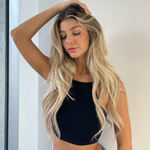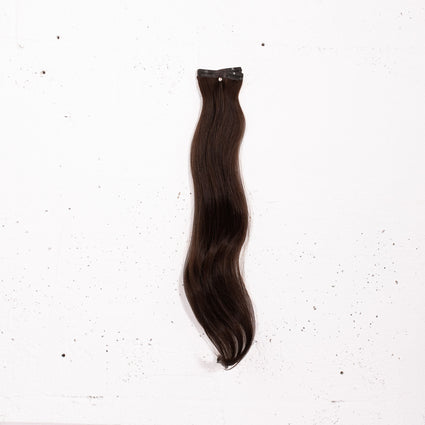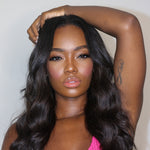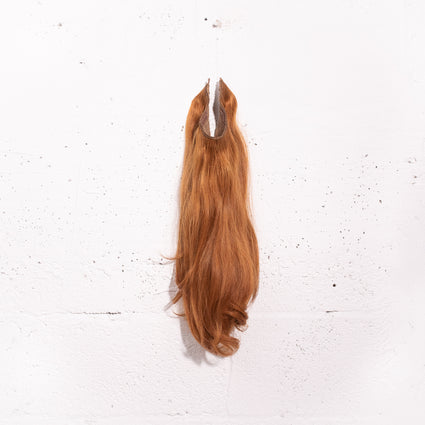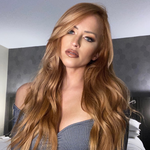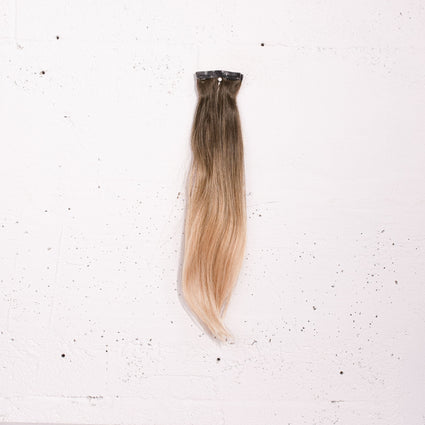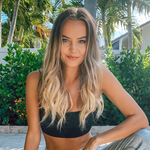
Which of the Different Types of Balayage is Right for Me?
For the best tips and hair inspo, this ultimate balayage guide will cover all of the different types of balayage, so you can decide which is right for you!
Looking to change up your tresses? Refreshing your hair color is a great place to start! You could do an all-over color, root touch-up, ombré effect, highlights, or balayage. It all depends on the look you’re going for! If you want subtle highlights that look soft and natural, balayage will be your new favorite go-to look.
For the best tips and hair inspo, this ultimate balayage guide will cover all of the different types of balayage, so you can decide which is right for you. First, we’ll go over everything you need to know about balayage and the main differences between balayage vs. highlights. Then we’ll get into the details of the different types of balayage. Get ready for stunning strands that bring your hair to life!
What is Balayage?

This is a hair-dyeing method that uses a “sweeping” technique (balayage is taken from the French word for “sweeping”) to give a natural sunkissed look. Your balayage colors are custom blended to your liking and give a natural look without being too over the top. It also allows you to let your hair grow out naturally—many people go months without going back for touch-ups for their balayage.
When you head to the salon for your appointment, expect to spend anywhere from 45 minutes to three hours for your balayage, depending on which method you choose. Compared to all-over color or techniques that use heat, balayage is less damaging and more low-maintenance. You can also have more individuality with balayage as the stylist is contouring and framing your features with varying lighter strand placements.
Balayage vs. Highlights
Now that you know what a balayage is, you might still be wondering what the difference is between regular highlights and balayage. Traditional highlights have a more noticeable regrowth line and have a defined stripey look. They’re applied from roots to ends with foils, meshes, or highlighting caps.
Balayage is a highlighting technique that’s placed strategically, some starting higher on the roots and others lower. The technique paints individual strands with hair dye or a lightener on the top layer of each hair section. The color is not saturated through the strands as it is for highlights. The final look is a more natural highlighted style that doesn’t need as much upkeep.
The Different Types of Balayage
Ready to book that balayage appointment? There’s one more little detail you need to consider, and that is, which of the different types of balayage do you want for your hair? Each one gives its own unique look based on what you want your personal glow-up hair moment to be!
Here’s all the info you need to decide which balayage to choose:
Full Balayage
When you think of balayage, this is the most popular and original method. A full balayage adds highlights all throughout your hair. It gives maximum brightness all over, not just on the surface. Choose a full balayage if you want an overall lighter effect than any of the other balayage variations.
Partial Balayage
If you’re looking for a more subtle highlighted look, go for the partial balayage! This method only applies color to the top and outer layers of your hair. The layers underneath will stay your natural hair color. As far as the overall look, there’ll be more of a dark and light contrast with the partial vs full balayage. If you’re new to dying your hair, the partial balayage is a great place to start.
Face Framing Balayage
We already know how popular face-contouring makeup is—face framing balayage is the hair-color version of that! This balayage method focuses only on the pieces of hair that are on either side of your face. The stylist will paint your highlights down the length of your hair to lighten the strands from root to tip. If you aren’t ready to commit to the partial vs full balayage decision, try out the face framing balayage to get a taste of balayage.
Reverse Balayage
Looking for an even more low-maintenance balayage? The reverse balayage (also referred to as inverted balayage) adds more dimension to your tresses and extends the time needed in between touch-ups. The stylist will add lowlights near your roots and throughout your strands to give added depth and texture to your hair. The final look is a cross between balayage and ombré, ideal for blondes and brondes.
Which Balayage Will You Choose?

Express yourself through your hair with the different types of balayage: full, partial, face framing, or reverse. Each method aims for a natural look that grows out without having to go to the salon as often for follow-up appointments. Refresh your strands with a bright balayage to soften your style and enhance your hair’s natural tones.
For more hair tips and inspo, follow us on Instagram at @wickedrootshair. Stay tuned to our blog for new posts on all things hair!
Share It
Trending 3
-
December 1st 2023
-
November 6th 2023
-
October 4th 2023
